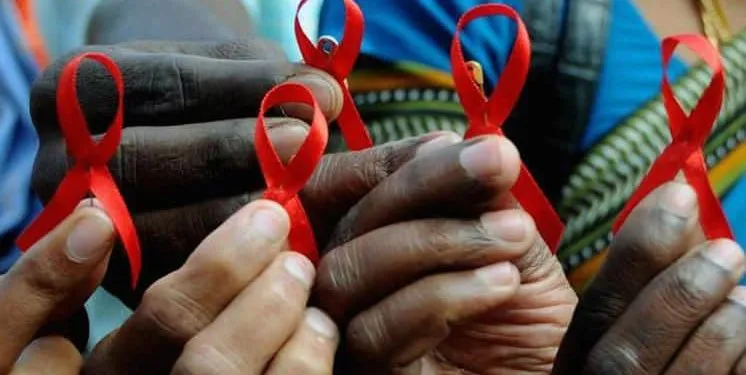Cameroon has achieved a notable drop in HIV prevalence rates in 2024, with the current figure standing at 2.7 percent, down from 3.7 percent recorded in 2023.
However, children under the age of 14 remain the most vulnerable group.
According to data from the National AIDS Control Committee, women had a higher prevalence rate of 5.0 percent, compared to 2.3 percent for men.
This translated to approximately 500,000 people living with HIV (PLHIV) within this age group last year, whereas, only 400,000 are currently sick of the virus.
The updated statistics were disclosed during the second statutory meeting of the National AIDS Control Committee in Yaoundé, chaired by the Minister of Public Health, Dr. Manaouda Malachi.
The meeting also marked the launch of activities leading up to World AIDS Day, commemorated annually on December 1.
Currently, the number of people living with HIV in Cameroon has decreased to approximately 400,000.
Of this population, 95 percent are effectively adhering to their treatment plans.
Speaking on the progress, the National AIDS Control Committee Coordinator, Joseph Fokam, stated: “We have about 95 percent of them on Antiretroviral Therapy (ARV), and for those few who underwent viral load testing, at least 90 percent have controlled the virus. This means they can no longer transmit the infection.”
Persistent Challenges
Despite these successes, challenges persist.
A significant focus remains on encouraging individuals unaware of their HIV status to utilize available testing facilities and ensuring that those on treatment adhere to their medication plans.
Joseph Fokam expressed optimism about Cameroon’s ability to meet global targets, saying: “If we push forward this agenda for HIV treatment, we might be able to eliminate AIDS as a public health threat even before 2030.”
This year’s World AIDS Day activities emphasize vulnerable groups, particularly women and children.
Launching the campaign, Dr. Manaouda Malachi reiterated the country’s commitment: “Cameroon will meet its objective of eliminating AIDS as a public health threat, even before 2030.”
The decline in HIV prevalence shows the country’s sustained efforts in prevention, testing, and treatment, offering renewed hope in the fight against HIV/AIDS.



